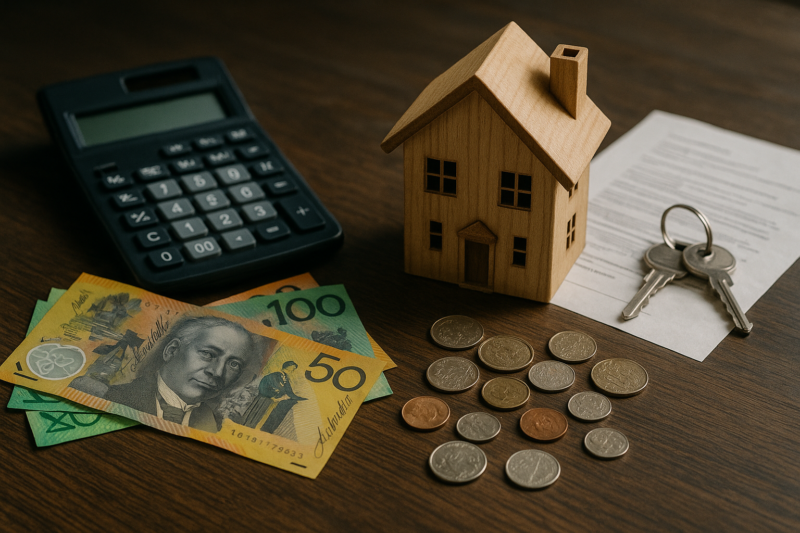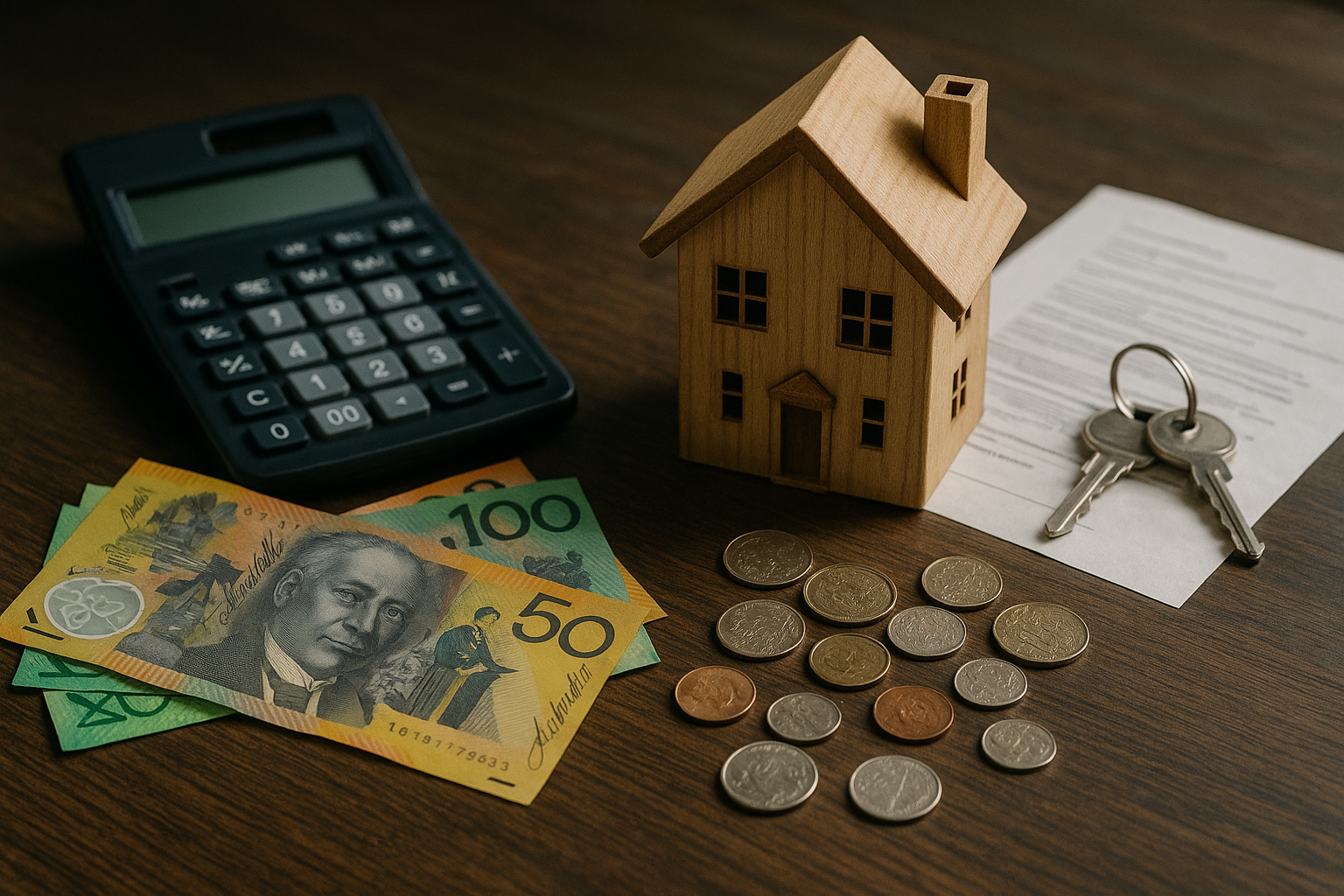
Key takeaways
Buy-and-hold remains the cornerstone of investing, but “never sell” is a dangerous myth.
Smart investors are flexible, strategic, and willing to upgrade when needed.
Property investment is about building wealth safely and strategically, not following dogma.
Sometimes the smartest move is knowing when to let go.
Regular portfolio reviews are essential to ensure your money is working as hard as it can.
I’ve got a confession: I’m a terrible property investor.
At least, that’s what conventional wisdom would tell you.
You see, I’ve committed the ultimate sin in property circles: I’ve sold properties.
Not just once, but multiple times. And to make matters worse, I’ve even told other people it’s OK to do the same.
According to the “buy-and-hold-forever” brigade, that makes me a heretic.
But here’s the truth – every time I’ve ignored this sacred rule, I’ve made more money.
So, let’s bust the myth that you should never sell.

The fear that’s costing investors
Mention selling a property and many investors recoil like you’ve suggested setting fire to a pile of cash.
Why? One word: tax. There’s Capital Gains Tax to pay when you sell, and stamp duty when you buy the next property.
Capital Gains Tax (CGT) is often perceived as the bogeyman of property investment. Too many investors hang on to underperforming properties because they’re terrified of crystallising a tax bill.
But here’s a reality check – you’re going to pay tax at some point anyway.
Personally, I’d rather pay 15% of a $100,000 gain (after this 50% CGT discount) than hold on to a dud property that drags my portfolio down for the next decade.
Yet I constantly see investors clinging to mediocre assets in languishing suburbs, paralysed by the thought of paying the ATO.
It’s an emotional fear, not a rational one. And it’s costing people wealth.
When your strategy changes
Another reason the “never sell” mantra doesn’t stack up is that your goals evolve over time.
Early in my journey, I bought properties where rental yield and preserving capital were my main priorities. They served me well at the time – I refinanced, pulled out equity, reinvested, and it looked good on paper.
But as my strategy matured, those properties became a liability.
They weren’t the kind of high-growth, investment-grade assets I now needed.
The question I finally had to ask myself was brutally simple: Would I buy this property today?
If the answer is no, why on earth was I still holding onto it?
The truth is, I’d been conditioned by the “never sell” dogma. And it took me far too long to admit that letting go was the smarter play.
When I finally did sell, and recycled that capital into the kind of assets that aligned with my current strategy, I wondered why I hadn’t done it sooner.
What “long-term” really means
Don’t get me wrong – I’m not suggesting that you should chop and change constantly.
Property investment isn’t day trading. The entry and exit costs alone will eat you alive if you’re forever churning your portfolio.
But being a long-term investor doesn’t mean buying something and sticking with it blindly forever.
Long term means having a plan, adjusting when necessary, and being strategic about the properties you keep.
The rule isn’t “never sell.” The rule is “seldom sell.”
And definitely don’t sell in a panic.
Don’t sell because interest rates are rising. Don’t sell because the media is full of doom and gloom. Don’t sell just because the market has a wobble.
But do sell when a property no longer serves your long-term goals.
Do sell when you’ve made a mistake early on and ended up with the wrong kind of property.
Do sell when recycling your equity into a better-quality asset will accelerate your path to financial freedom.
The portfolio you start with isn’t the one you finish with
When you first start investing, you don’t know what you don’t know. Many of us (myself included) make mistakes in the early years and buy properties that aren’t truly investment-grade.
That’s OK. It’s part of the learning process. But what’s not OK is clinging to those mistakes for decades out of pride or fear.
The best investors I know are constantly reviewing their portfolios.
They understand that upgrading into better quality assets is sometimes necessary. They know that the portfolio you start with won’t be the portfolio you end up with – and nor should it be.
The goal isn’t to never sell.
In my mind, the goal should be to regularly review your portfolio and making sure your money is working as hard as it can – safely.
Yes, buy-and-hold is the cornerstone of successful property investing
But let’s be clear – it doesn’t mean never selling.
Sometimes the first properties you buy aren’t the right ones for where you’re heading.
Sometimes your strategy evolves and the assets that once served you well no longer make sense.
And sometimes, selling a mediocre property and reinvesting into a superior one is the smartest move you can make.
Don’t let dogma, fear of tax, or misplaced pride stop you from making smart decisions.
Property investment is about building wealth safely and strategically – and that sometimes means knowing when to let go.
Ready to review your portfolio?
If you’re wondering whether the properties you own today are really the right ones to take you where you want to go, why not organise a complimentary Wealth Discovery Chat with one of the experienced wealth strategists at Metropole?
We’ll sit down with you, review your current portfolio, and help you map out the next steps so you can upgrade into true investment-grade assets and build lasting wealth safely and strategically.














